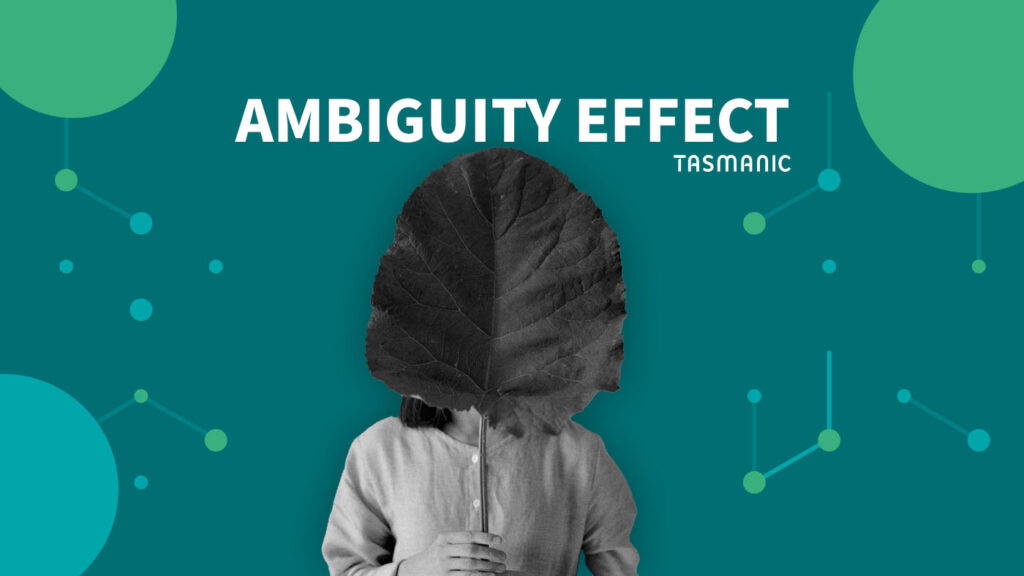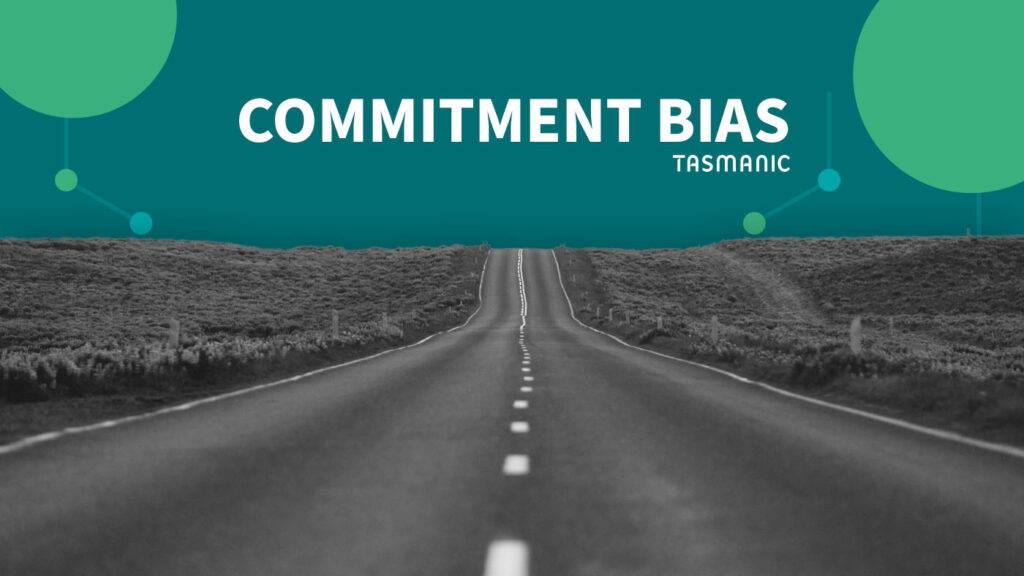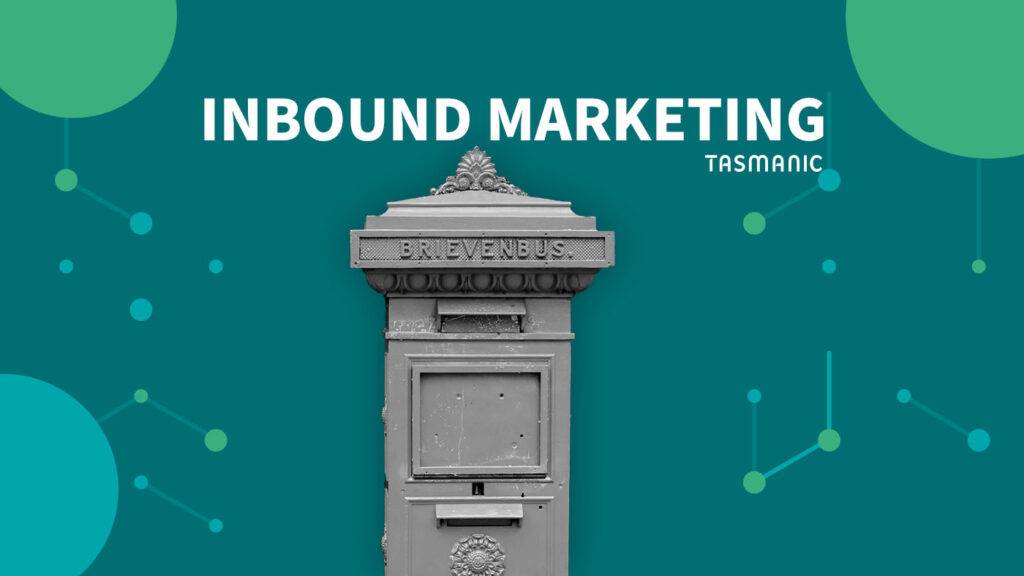
Last updated June 6, 2023
What is inbound marketing?
The term "inbound marketing" was coined by Brian Halligan, CEO of HubSpot. The philosophy behind it had previously been coined by Seth Godin in his 1999 book "Permisson marketing. But what is the meaning of inbound marketing and what can you do with it? Hubspot itself gives the following definition for inbound marketing:
“Inbound marketing is about using marketing to bring potential customers to you, rather than having your marketing efforts fight for their attention.”
Freely translated: Inbound marketing is using marketing to get potential customers to come to you, rather than fighting for their attention.
In any case, the main idea is that you let customers come to you. This contradicts the traditional view of marketing, where you, as a company, actually actively approach your customers.
Inbound marketing is often used for lead generation for b2b companies. Because purchase paths there are long, it is important to have not only content aimed at converting visitors, but also content that helps a customer make choices. It's about offering the right message at the right time through the right channel to your customers.
The benefit of inbound marketing is that customers are more likely to trust companies that are not just in the business of selling. It produces more leads at a lower cost. The disadvantage of inbound marketing, on the other hand, is that it requires a large investment.
Difference between inbound and outbound marketing
The big difference between inbound and outbound marketing is the way the customer is reached. In inbound marketing, you want the customers to come to you by, for example, creating valuable and relevant content. In outbound marketing, you are actively approaching the customer to tell them about your products or services. Examples of outbound marketing are television commercials and flyers.
The 3 phases of inbound marketing
Inbound marketing is a technique for businesses to grow. According to this method, companies do so by building meaningful and long-term relationships with consumers, prospects and customers. In doing so, you want to value and empower these people to achieve their goals at every stage of the journey. When your customers succeed, you succeed.
The inbound marketing method can be divided into 3 phases:

Attract: attracting the right people with valuable content and conversations that make them see the company as a trusted advisor they want to show interaction with.
Engage: presenting insights and solutions that align with the problems and goals people have, so they are more likely to buy something from you.
Delight: offering help and support to enable your customers to achieve success with their purchase.
Customers who achieve success with their purchase often share that success with other potential customers, creating a kind of endless circle of new prospects. We can therefore assign the type of customers to the 3 phases of inbound marketing. In the first phase Attract, you are primarily concerned with attracting Strangers. Once you have attracted these you move on to the Engage phase where we turn the people who want to show interaction into Prospects (potential customers). The group therein that is satisfied and convinced that your product adds value to their goals, these people become Customers (customers). And as we mentioned above, the customers who then achieve success from their product become Promoters (promoters). They share their experiences and help you get new strangers that you can approach in turn.
Inbound marketing strategy
For each phase of inbound marketing, there are different strategic choices you need to make. Therefore, we started looking at which inbound marketing strategy best fits each phase.
Attract strategy
In this phase, the goal is to use your strategy to attract your target audience and buyer personas with the creation of good content. To reach your target audience, you will need to start by creating and publishing content that adds value to your audience. Consider blogs, content offers and social media activities. Articles that cover how a product works, details about an offer and experiences from other customers. What can help with this is having a good SEO strategy, which will help your content get picked up faster by Google and therefore your target audience.
Tools for the Attract phase: Ads, videos. blogs, social media and content strategy
Engage strategy
At the engage stage, try to develop a strategy that communicates to your customers what makes them feel like they want to build a long-term relationship with you. It is important in this phase that prospects get information about the added value your company can give them. Things to pay attention to in this phase is how your sales calls handle and manage how your customer service deals with leads from interested parties and prospects. It's also important to sell solutions in a focused way in this phase and not a product-oriented way. Clearly state why your product will help the customer, do not go on endlessly about the features of the product that the customer is not waiting for at that time.
Tools for the Engage phase: email marketing, lead management, chatbots, marketing automation and lead flows
Delight strategy
In the final stage, you want to make sure your customers are happy, satisfied and supported long after the purchase. Staff focused on this stage are experts and can provide support to customers at any time. Here you can use chatbots and surveys as additional help and a way to collect feedback from customers. It is also wise to be active on social media and see if customers are writing about your business. In it, they can give feedback, ask questions or share experiences with the product or customer service. Respond to these posts from customers to show that they are heard and that you care about them. Lastly, it is important to remember that as a company you always want to help the customer, even in the situations where you as a company do not get value from them yourself. Customers who achieve success from your product become promoters and that is hugely valuable.
Tools for the Delight phase: email marketing, smart/dynamic content, conversations, marketing automation and attribution reporting
Inbound marketing example
You see them come by every year, the Spotify Wrapped from your parents, friends, aunts and uncles. This inbound marketing strategy by Spotify has a huge reach and interaction from people all over the world. With this approach, Spotify creates unique and valuable content for its users, then encourages them to share it across social media platforms and in turn offers their followers the incentive to join the campaign. In 2022, the Wrapped campaign was the most part marketing campaign in the world with more than 400,000 tweets in the first three days. This strategy provided Spotify with increased brand awareness, more customer interactions, stronger customer relationships and higher customer loyalty.
Inbound marketing tools
There are several tools you can use to set up your inbound marketing strategy. These tools support your inbound marketing process and therefore contribute to achieving your marketing goals. You can use the following tools to make your inbound marketing strategy successful:
- SEO: Through SEO, you can increase the findability of your content in search engines. SEO is a powerful tool that can benefit you in the long run.
- SEA: In addition to SEO, you can also use SEA to appear in the search engines. With SEA, you do this for a fee and your main goal is to achieve short-term success with your content.
- Content Marketing: By writing good content, you answer prospects' questions. So here the goal is not to fill your content with commercial texts, but rather with valuable and relevant information for the prospects.
- Marketing automation: With marketing automation, you automate your marketing processes so you can approach your customers in the most efficient and effective way.
- Social media (ads): In addition to being able to advertise in social media just like SEA, it offers other opportunities. Find relevant content that you as a company can add value to and engage in conversations with professionals and influencers who share their experiences.
Inbound marketing platform
As a business, you can choose from a huge variety of marketing platforms. When choosing a platform, it is wise to consider what the business objectives are and which platform best fits them. Below is an overview of marketing platforms you can use to support your inbound marketing strategy and what the major platform providers are:
- Marketing automation: Marketo, Eloqua and Hubspot
- CRM: Salesforce, HubSpot CRM and Pipedrive
- Email marketing platforms: MailChimp, Constant Contact and Hubspot
- Land page builders: Unbounce and Hubspot
- Social media management: Buffer and Hootsuite
- Website analysis: Google analytics and Hubspot
Is your company missing opportunities?
Our pay is based on your results.



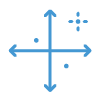


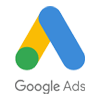



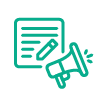
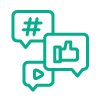

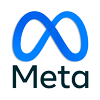

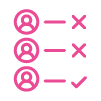
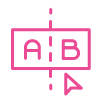
 Team
Team FAQ
FAQ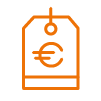 Prices
Prices Vacancies
Vacancies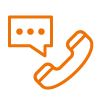 Contact
Contact Marketing
Marketing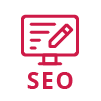 SEO
SEO SEA
SEA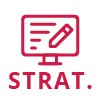 Strategy
Strategy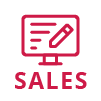 Sales
Sales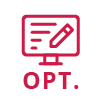 Optimization
Optimization AWR
AWR Ahrefs
Ahrefs Channable
Channable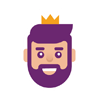 ContentKing
ContentKing Leadinfo
Leadinfo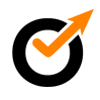 Optmyzr
Optmyzr Qooqie
Qooqie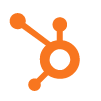 Hubspot
Hubspot Semrush
Semrush



